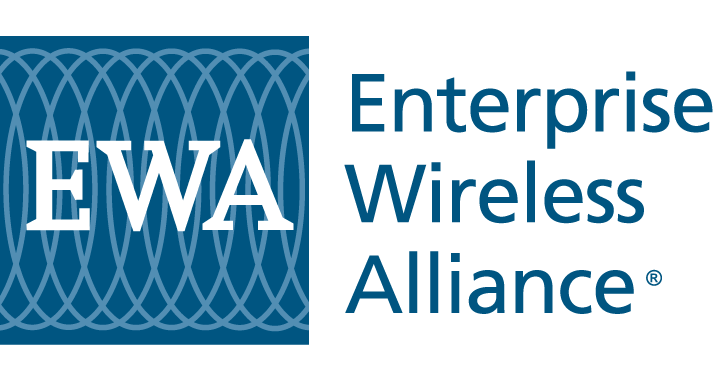Hassle Free Channels for VRS?
Vehicular repeater systems are an important technology for many public safety and business enterprises. However, finding hassle free channels for these systems has been and remains another story. The FCC has asked stakeholders to consider permitting the use of VRS systems on six 173 MHz channels that are currently available only for data telemetry systems. This is where advocates for VRS and data telemetry disagree on the merits. It is EWA’s view that there is a real potential for interference between data telemetry systems and voice VRS operations if they are operating anywhere near each other. None of these systems monitor, routinely provide station IDs, or are provided guaranteed exclusive areas of operation. The Commission’s ULS database identifies approximately 2,400 active telemetry systems operating on these six frequencies throughout the United States. Some two-thirds of those systems are licensed as I/B users and one-third as PS, although a number of municipal entities such as water districts have dual I/B and PS eligibility and have elected to operate as I/B licensees.
The FCC has asked whether the use of “exclusion zones” around telemetry systems would reduce the likelihood of interference since VRS systems are not fixed operations. Perhaps, but what about new data telemetry systems? Should there be protection areas for VRS systems when new data telemetry systems are proposed? In Reply Comments filed last week, EWA agreed that establishing such zones is an appropriate way of minimizing interference to telemetry facilities, and recommended that the Land Mobile Communications Council (LMCC) work collaboratively to consider the appropriate standard for protecting these facilities, as well as the protection criteria from future telemetry operations to authorized VRS systems given their inherently limited coverage. Somehow, someway, rules of the road should be established that do not prejudice either technology.
